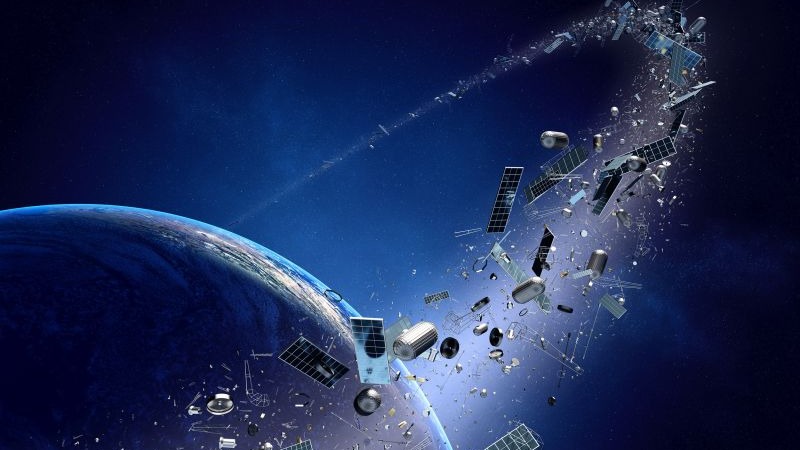The question of sustainability often boils down to deciding when too much is too much. In space the question is when do we have too many objects in a given orbit regime, on Earth can be when there are too many cars on a road or too many airplanes in a given airspace. Framing the idea of "too much" so that a formal answer can be found is not an obvious task. With specific reference to objects in space there is no formalised definition, and thus there is no obvious way to find an answer, to the question: how many objects can co-exist in a given region of the state space so that the probability that the distance (in configuration space) between any two of them is larger that an arbitrary value, for all times in a predefined interval, is arbitrarily close to 1 ? The problem is new and although it has similarities with a dynamic bin packing problem [10] and with Gromov's non-squeezing theorem [8] none of them directly apply. Partial answers can be found in the area of formation flying where uncontrolled (or minimally controlled) bounded solutions are sought and solutions exist for collision avoidance. However, these answers are restricted to specific dynamic environments and only to cooperative spacecraft. In a more general context, the problem needs to take into account uncertainty in state estimation and dynamic model of heterogenous objects and integrate this with control components, thus the dynamics is to be understood as a controlled stochastic process. The goal of this research is to mathematically formulate the problem and formalise the question first. Then an algorithm will be sought that can compute a robust solution in polynomial time. We will use tools from uncertainty quantification and stochastic differential equations to formulate the problem as a constrained expectation minimisation problem and we will develop efficient search algorithm to find a solution.

